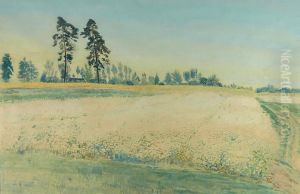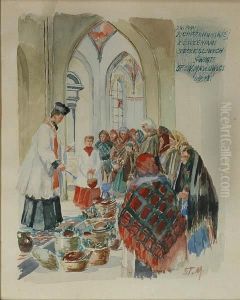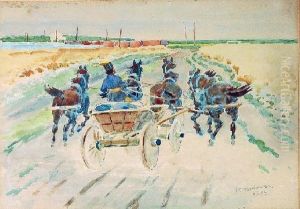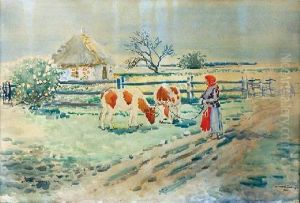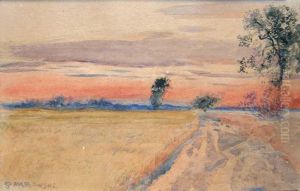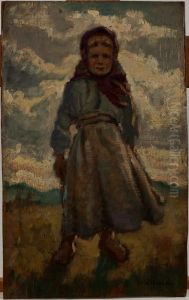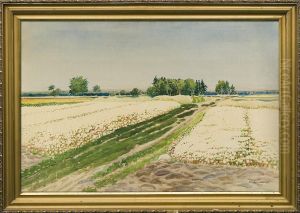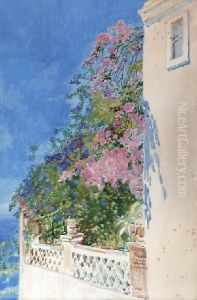Stanislaw Maslowski Paintings
Stanisław Masłowski was a Polish painter known for his contributions to realism and plein-air painting in Polish art. Born on December 3, 1853, in Włodawa, he grew up in an era when Poland was partitioned between Russia, Austria, and Prussia, which had a significant influence on his works that often depicted the Polish landscape and the nation's mood.
Masłowski studied at the Warsaw Drawing Class and later at the Warsaw School of Fine Arts. Under the guidance of his instructors, he honed his skills in landscape painting. He was particularly influenced by the Barbizon school, a mid-19th century French art movement that emphasized the beauty of the countryside and rural life, and which encouraged artists to paint outdoors (en plein air).
Throughout his career, Masłowski was an active participant in the art life of Warsaw. He exhibited his work widely, including at the Zachęta National Gallery of Art, and was a member of the Society for the Encouragement of Fine Arts. His paintings often reflected his love for the Polish countryside, and he became known for his ability to capture the varied moods of nature.
Masłowski's interest in social issues was also apparent in his work. He painted scenes of peasants and rural life, highlighting the reality of their existence and the beauty of the Polish landscape they inhabited. His approach combined elements of realism with a certain romanticization of peasant life, which resonated with the national sentiments of the time, especially given Poland's struggle for independence.
During his later years, Masłowski continued to paint and remained an influential figure in Polish art circles until his death on April 31, 1926, in Warsaw. His legacy includes not only his contributions to Polish landscape painting but also his role in mentoring younger artists and promoting the appreciation of fine arts in Poland. Masłowski's work is preserved in various museums and galleries in Poland, including the National Museum in Warsaw, and continues to be celebrated for its portrayal of the Polish spirit and landscape.
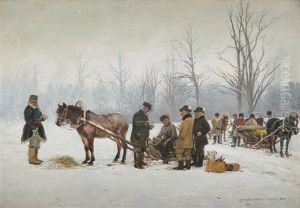
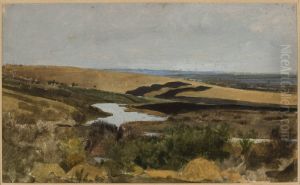
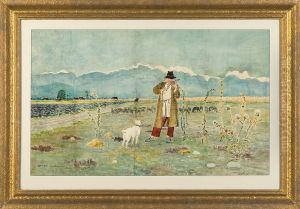
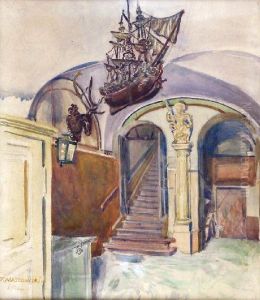
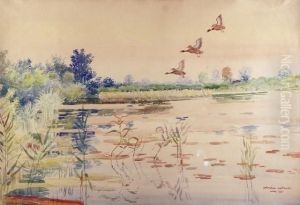
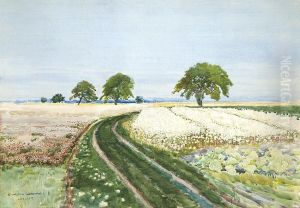
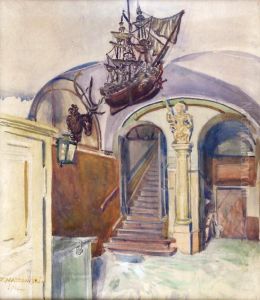
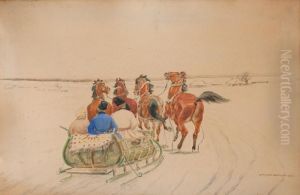
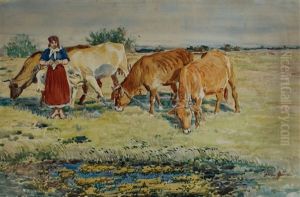
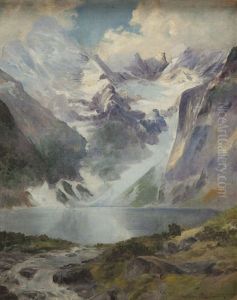
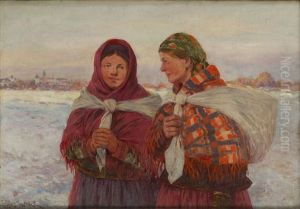
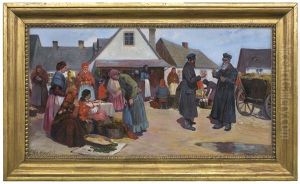
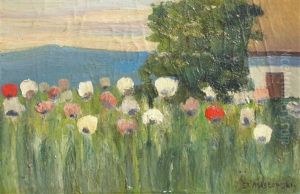
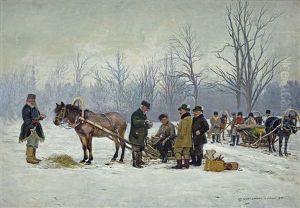
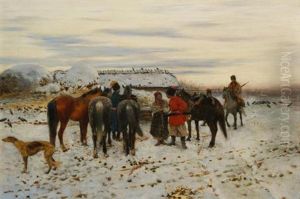
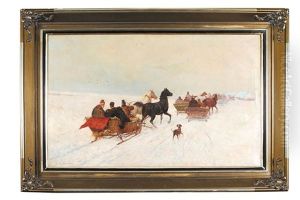
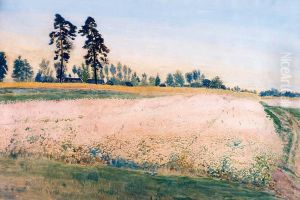
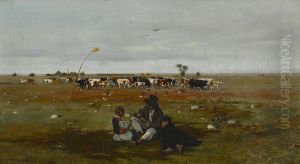
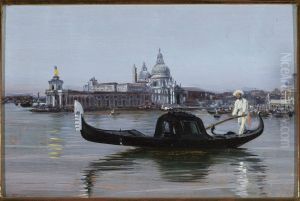
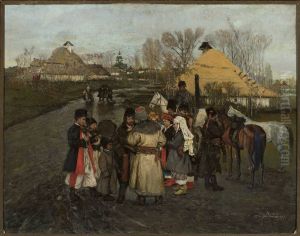
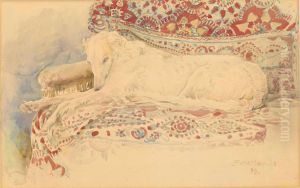
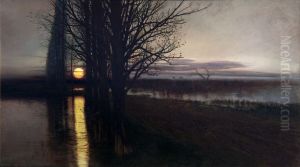
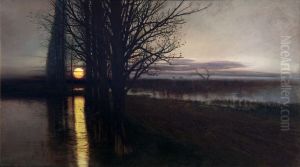
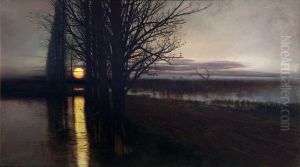
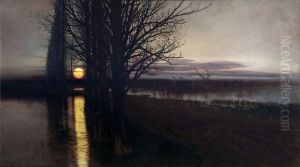
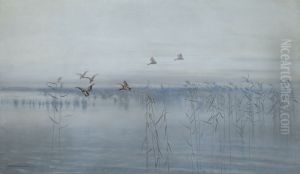
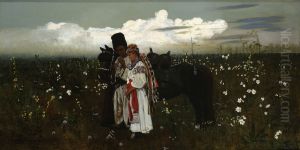
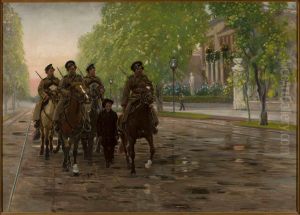
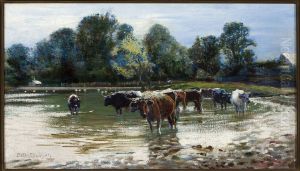
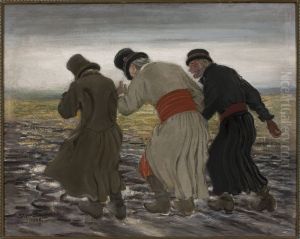
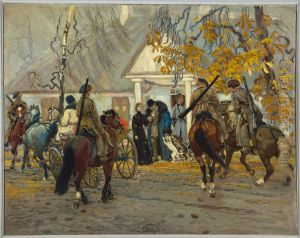
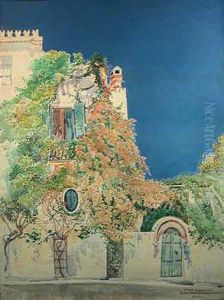
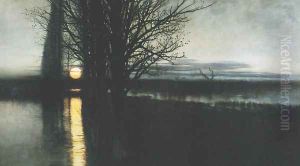
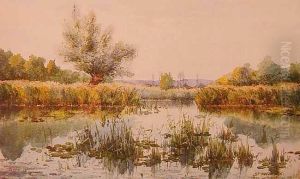
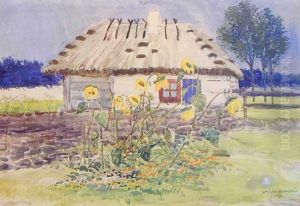
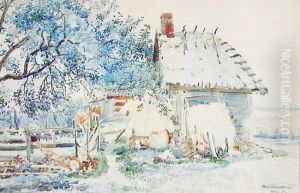
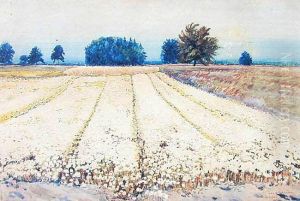
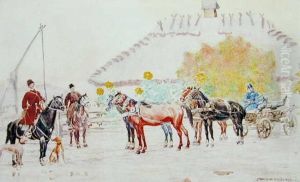
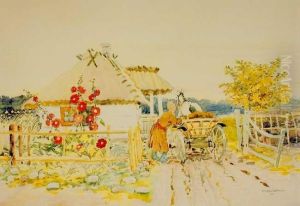
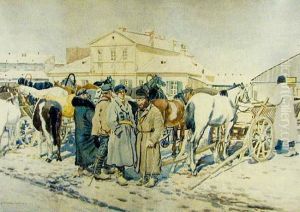
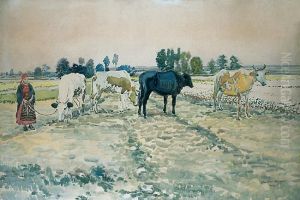
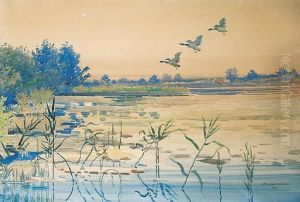
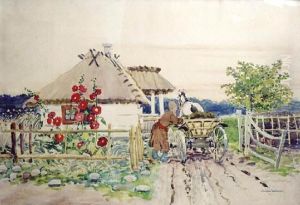
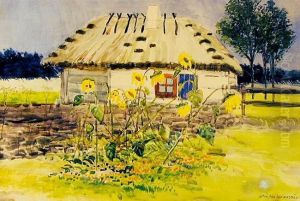
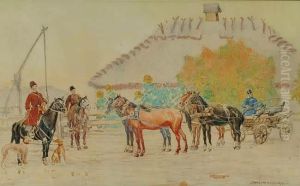
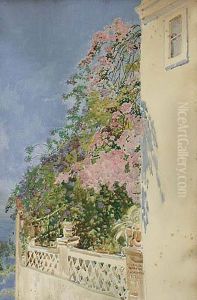
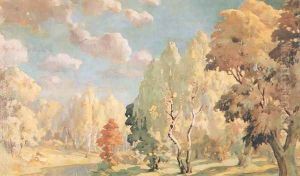
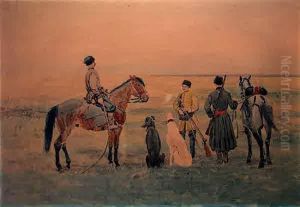
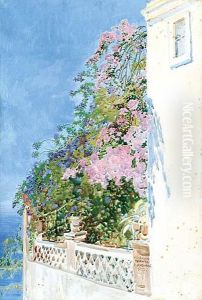
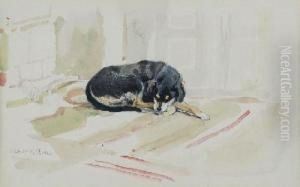
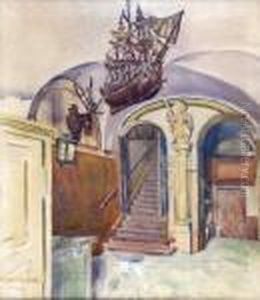
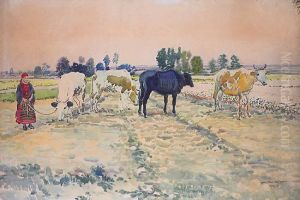
![Panna Mloda, [przed ?] 1925](https://www.niceartgallery.com/imgs/802958/s/stanislaw-maslowski-panna-mloda-przed-1925-dcdb5d0b.jpg)
